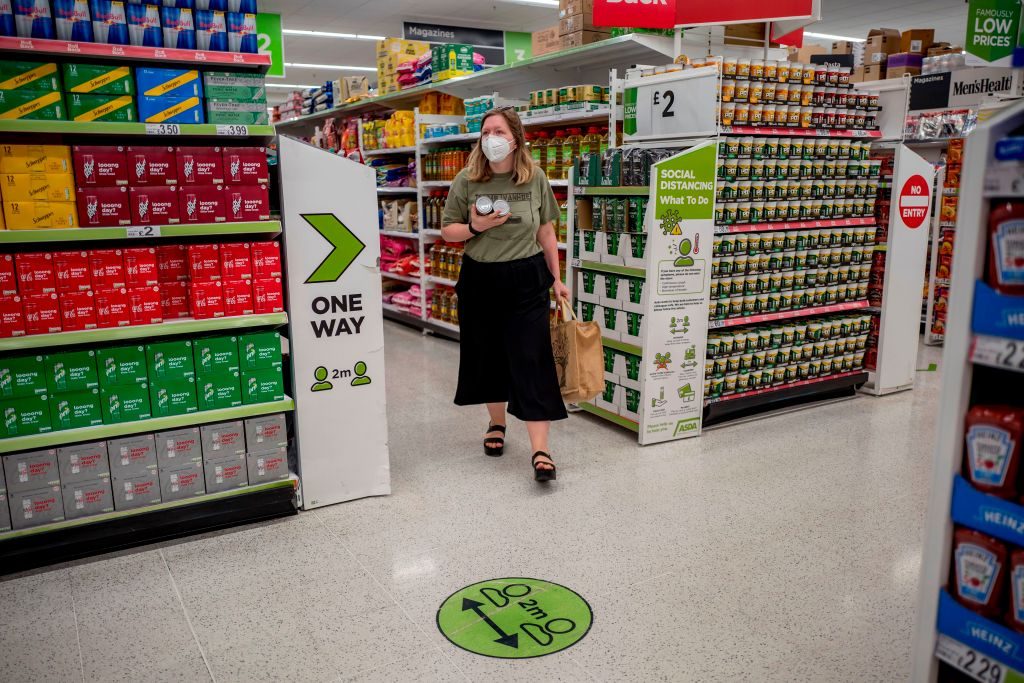ASDA Group Ltd. has a long and illustrious history.
One of the largest food merchants in the United Kingdom is Asda Walmart. Food and apparel, as well as housewares, music, films, and books, are available at the company's retail locations. ASDA operates 259 stores, each average over 42,000 square feet in size, with some exceeding 100,000 square feet. Wal-Mart Stores Inc. bought the company, which was originally regarded as a dairy powerhouse, in 1999. ASDA has been expanding its stores under the direction of its new company, adding pharmacies, opticians, jewelry, and picture departments. Check information about asda walmartone com login.
History of the Past
The ASDA Group has its roots in English dairy producers' efforts to defend themselves from plummeting milk prices following World War I. When the wartime price limits were abolished and England resumed importing significant quantities of European dairy goods, local milk costs plummeted and continued to plummet. Various legislative remedies were devised in the meantime, but in the meantime, a Yorkshire dairy farmer named J.W. Hindell led a group of his peers in forming Hindell's Dairy Farmers Limited, a 1920 partnership whose purpose was to acquire or build both wholesale and retail outlets for their milk, securing a steady market and a floor price for themselves.
Hindell's built a diverse dairy industry during the next 25 years, developing or purchasing a total of nine operating firms involved in everything from dairy cattle farming to milk processing and distribution, as well as the marketing of several cafes, retail milk shops, and bakeries.
Hindell's, based in Leeds, had expanded its holdings across the Midlands and diversified into meatpacking and even lime quarrying by the time World War II broke out. Associated Dairies and Farm Stores Limited, which had 26 farms, three dairies, two bakeries, 42 retail shops, and swine butchering facilities, became a public business in March 1949. Associated was already a significant element of northern England's usually quiet economy, with 1,200 employees.

In the 1960s and 1970s, there was a lot of success.
Associated made a storm of acquisitions throughout the next two decades. Dairies and creameries too numerous to mention formed part of the fast-expanding northern conglomerate, but little changed at the corporation until 1965, when Associated established ASDA Stores Limited as a subsidiary. The main firm, by then known as Associated Dairies Limited, was immensely lucrative in that year, with revenues of £13.5 million, and probably did not give the tiny food-stores section much thought, as it could only be expected to occupy one more niche in the company's broader business plan.
The stores, on the other hand, were an immediate and huge success. Associated had devised a merchandising concept that was entirely new to England and perfectly tailored to the working-class cities in which it primarily operated: the company opened extremely large, rather spartan stores in abandoned warehouses or mills, offering a limited selection of goods at the lowest possible prices to the general public. The fast growth of the automobile in Great Britain, and the resulting reduction in local consumer loyalty, were critical to the success of these "edge-of-town" establishments. The British public, like the American public, quickly determined that low costs were more important than neighborhood sellers, and the automobile enabled them to act on this desire. Associated's warehouse shops were a huge success, and the business rapidly embarked on a growth strategy that would propel it to the top of the retail industry in the country.
As a result, the corporation found itself milking two types of cows: dairy and cash, with the latter proving to be the more appealing over time. Associated continued to expand its dairy holdings, but by the early 1970s, it was clear that the ASDA Stores subsidiary would soon outstrip its parent. The stores were still run in a rudimentary manner at the time, with minimal centralized administration, unsophisticated marketing, and no effort made to create attractive floor displays. However, ASDA had pioneered not one but two new concepts in British food selling, the out-of-town location and superstore scale, and had the market to itself for a long period.
The corporation began looking for ways to spend its substantial cash reserves after opening locations in Scotland and Wales. ASDA ventured into the travel agency sector in 1972, into furniture in 1977 with the purchase of the Wade's stores, and into a variety of other ventures during the decade, none of which were successful and all of which were eventually phased out. But understandably, longtime Chairman Noel Stockdale was unconcerned by these minor setbacks, and he continued to develop new superstores across the northern part of the country instead of trying to fix what wasn't broken. ASDA had 60 of these by 1978, and two years later they had surpassed the £1 billion milestone in sales.
Comments